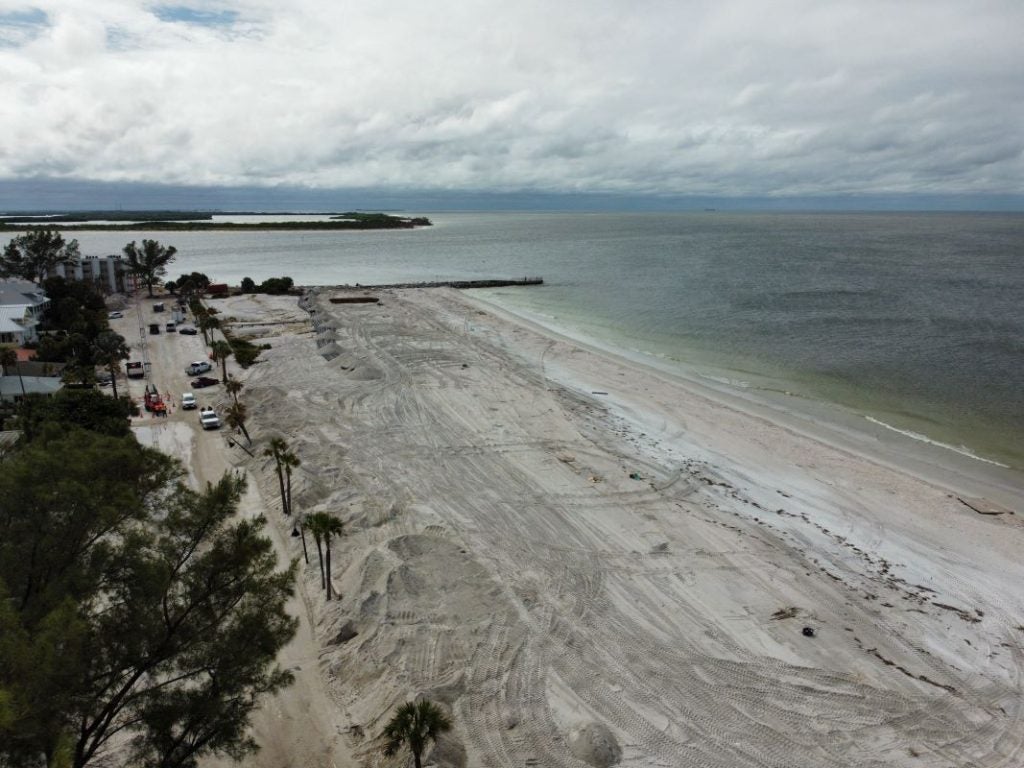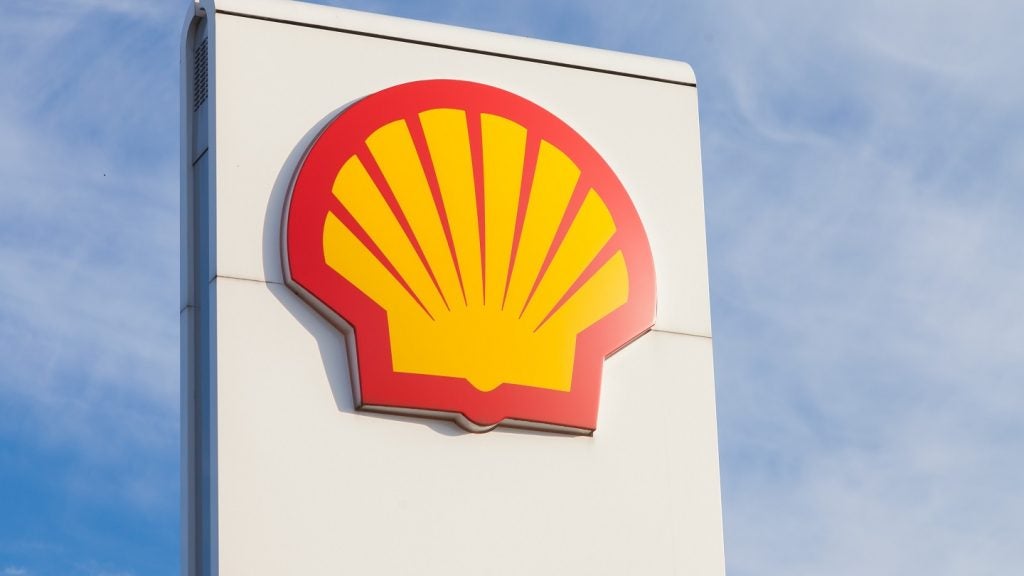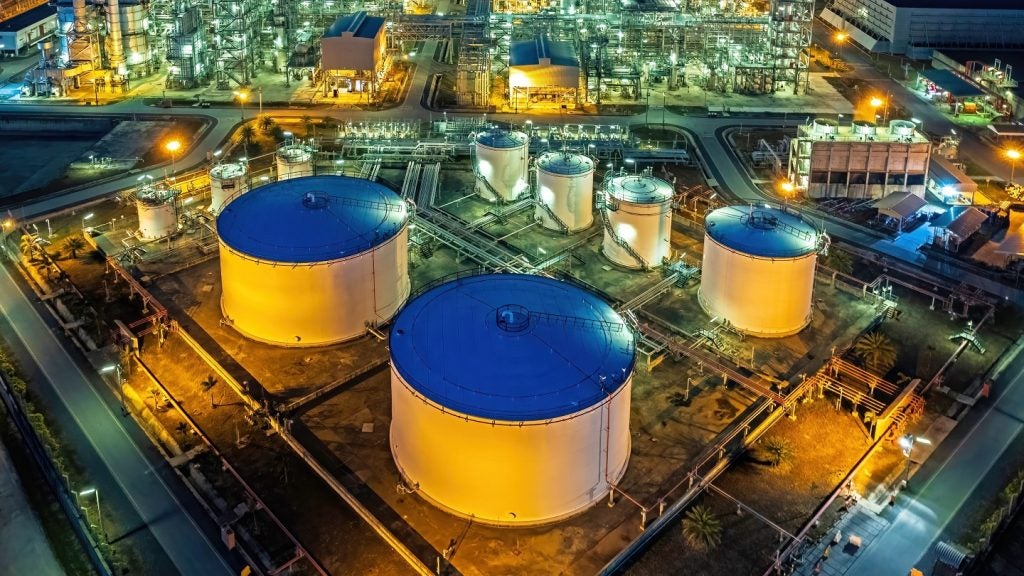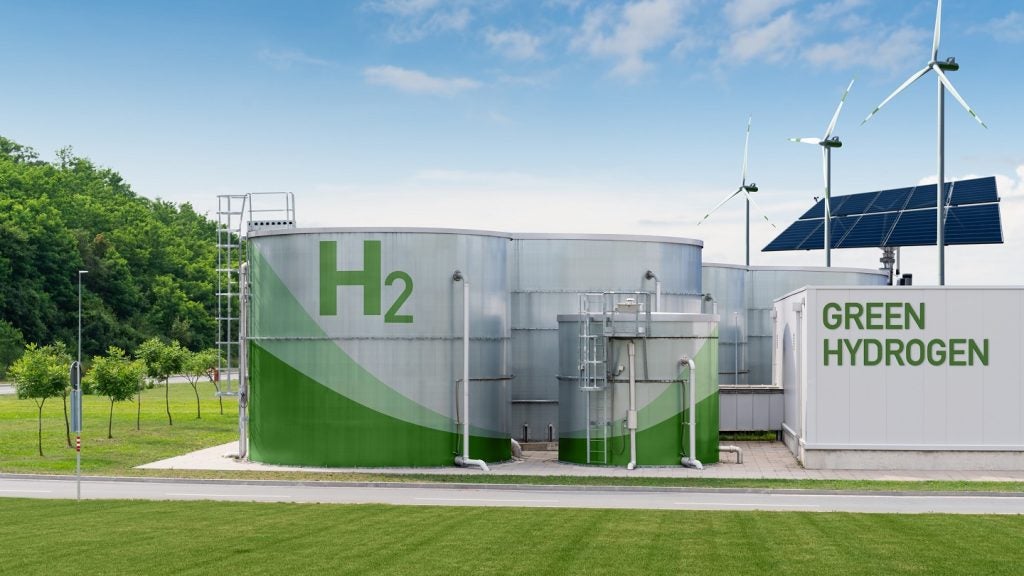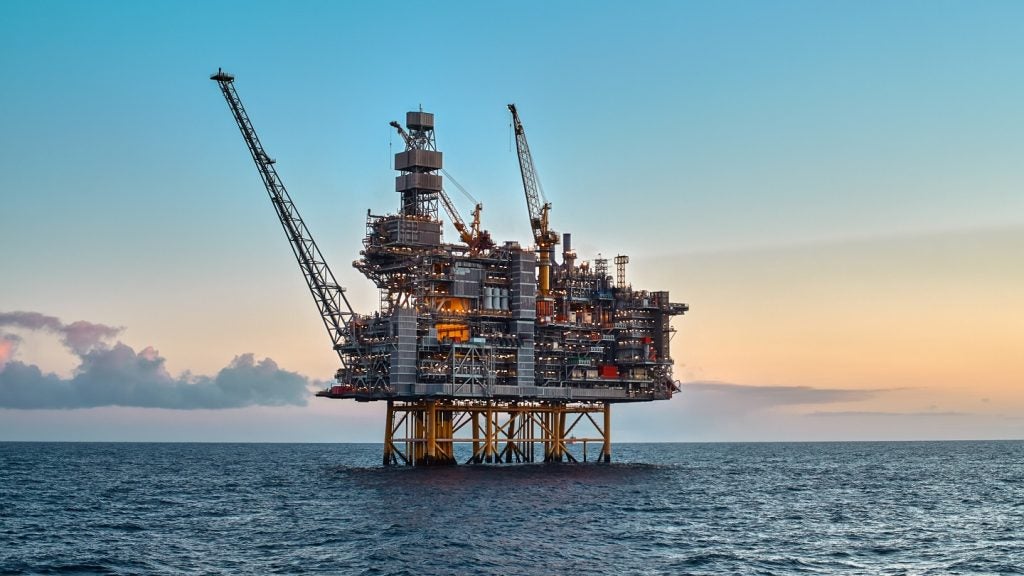Chevron has closed an oil platform in the US Gulf of Mexico and evacuated all personnel from the facility in preparation for Hurricane Milton.
Chevron reported that its other operated facilities in the region are currently maintaining normal levels of operation. The Blind Faith platform, which has a production capacity of 65,000 barrels per day (bpd), is approximately 160 miles south-east of New Orleans.
Milton strengthened over the weekend and is now classified as a category five hurricane, having recently been upgraded. It is expected to reach the west coast of Florida later this week after passing through parts of the Gulf of Mexico.
With maximum sustained winds of 160mph, Milton was located around 130 miles west of Progreso, Mexico, according to the National Hurricane Centre's 11am ET advisory.
The storm is forecasted to traverse the Campeche Bank offshore region north of Mexico's Yucatan peninsula, where state-owned Pemex's largest oil and natural gas production operations are situated, before moving across the eastern Gulf of Mexico and approaching the west coast of the Florida Peninsula.
“Chevron has relocated all personnel from our Blind Faith platform and has temporarily halted operations in preparation for Hurricane Milton,” the company said in a statement. “Production at our other Chevron-operated Gulf of Mexico assets is continuing as usual.”
Chevron has indicated that it will adhere to storm preparedness protocols at its onshore facilities and closely monitor the system's forecast and trajectory.
In recent weeks, producers in the US Gulf of Mexico have shut down certain platforms and production in anticipation of other tropical storms and hurricanes in the area.
Shell ceased production at the Perdido, Auger and Enchilada/Salsa assets in early September due to Hurricane Francine, which made landfall in Louisiana.
Chevron, Shell and Equinor began evacuating staff from offshore facilities after receiving warnings about Hurricane Helene.
US oil companies have heavily invested in storm-resistant infrastructure, but coping with frequent extreme weather remains challenging. In addition to evacuating staff, they must ensure offshore facilities can withstand strong winds, intense waves and possible flooding.


